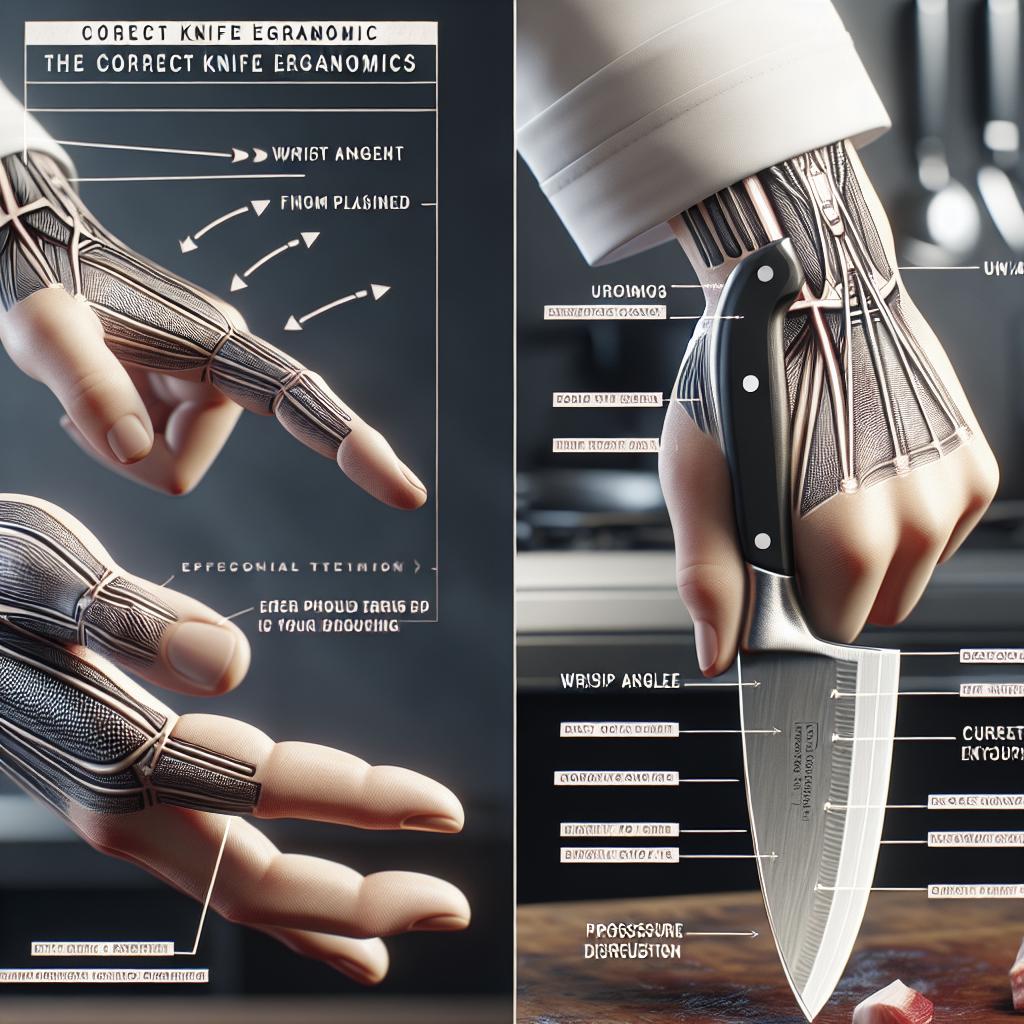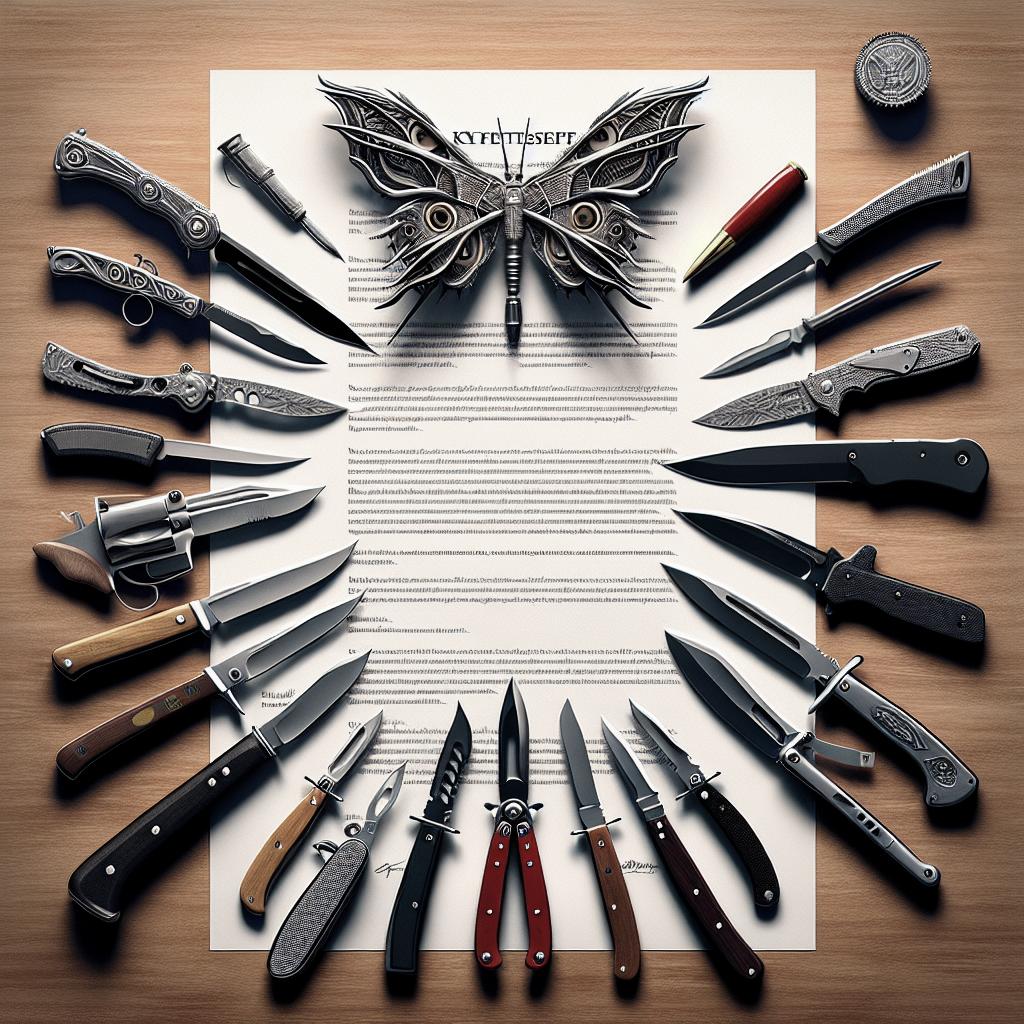Understanding Knife Ergonomics
Knife ergonomics is a crucial topic for anyone who uses knives regularly, be it for culinary, crafting, or any other purpose. The right design can boost your efficiency, comfort, and safety, whereas a poorly designed knife can lead to discomfort and injury. In this article, we’ll discuss important ergonomic factors, including how design factors influence the match between a knife’s handle and the user’s hand, variations in cutting jobs, and the subtleties of different handle designs. By understanding these elements, you can make better decisions when choosing a knife, ensuring it serves your specific needs. Read on to explore the vital components of knife ergonomics.
Design factors are crucial in matching the knife handle and the hand.
When it comes to choosing a knife, the design of the handle plays a significant role in how comfortable and effective it will be. The handle should fit comfortably in the user’s hand, providing a secure grip that allows for precise movement and control. Materials used in handle construction, such as rubber, wood, or synthetic composites, can significantly impact comfort and usability by affecting grip and overall balance.
Ergonomic handles tend to follow the contours of the human hand, providing a natural fit that reduces strain and enhances maneuverability. Ideally, a well-designed knife handle should facilitate a natural hand position, reducing fatigue and the risk of repetitive strain injuries. The weight distribution between the blade and handle also plays a pivotal role in the knife’s ergonomic performance, impacting how natural it feels during use.
Cutting Jobs
The type of cutting job you’re tackling often dictates the most ergonomic knife design. For instance, a chef’s knife, used for chopping and slicing various ingredients, generally requires a different handle design compared to a boning knife, which is used for more intricate tasks. Each cutting job imposes unique demands on the user’s hand, necessitating a specific handle shape and size that facilitates optimal performance.
Size
Size matters when selecting the right knife, as the size of both the blade and handle should complement the size of the user’s hand and the specifics of the job. A handle that’s too large or too small can lead to discomfort and reduced control. Selecting the right size allows for improved accuracy and efficiency, enhancing safety and reducing the risk of hand fatigue during prolonged use.
Hand vs Handle
The relationship between the hand and the knife handle is fundamental to ergonomic design. A handle that fits well in your hand should provide a balance between comfort and control, ensuring that you can use the knife effectively for its intended purpose. Considerations include the length, width, and overall shape of the handle, which should be compatible with the user’s hand size and grip style.
Different grip styles—such as pinch grip, handle grip, or thumb grip—can influence the ideal handle design. A knife that’s comfortable for one style may not be for another, underscoring the importance of matching the handle to both the user and the cutting task. A precisely matched handle reduces the risk of accidents and enhances the user’s confidence in their cutting abilities.
Handle Subtleties
Knife handle subtleties can make a significant difference in how a knife feels during use. Features such as finger guards, textured grips, and bolster designs all contribute to the ergonomics of a knife. Finger guards can prevent the hand from slipping onto the blade, while textured grips can improve stability and control, especially in wet conditions.
More On Knife Handles:
Exploring more about handle materials and design features reveals the nuances involved in creating ergonomic knives. For example, some knives come with replaceable handles, allowing users to adjust the grip to their preferences. Others offer customizable grips or detachable components that enhance their versatility and appeal to various users.
Final Thoughts
When it comes to knife ergonomics, there’s a lot more involved than just sharp blades and sturdy construction. A well-designed knife should fit comfortably in the hand, catering to the specific tasks it’s intended for, with due consideration of the user’s hand size and cutting style. Ergonomic handles can significantly enhance your cutting experience, improving safety and efficiency.
NEXT STEP: Download Your Free KNIFE GUIDE Issue of BLADE Magazine.
Are you ready to take your understanding of knives to the next level? Download your free KNIFE GUIDE issue of BLADE Magazine today, and get in-depth insights on the latest trends, products, and innovations in knife design and ergonomics. Elevate your skills and choose the perfect blade for your needs.
| Topic | Description |
|---|---|
| Design Factors | Focuses on matching knife handle design with the user’s hand for comfort and control. |
| Cutting Jobs | Discusses how different cutting tasks require specific handle designs. |
| Handle Subtleties | Explores the nuances of knife handle designs, such as grip textures and finger guards. |


